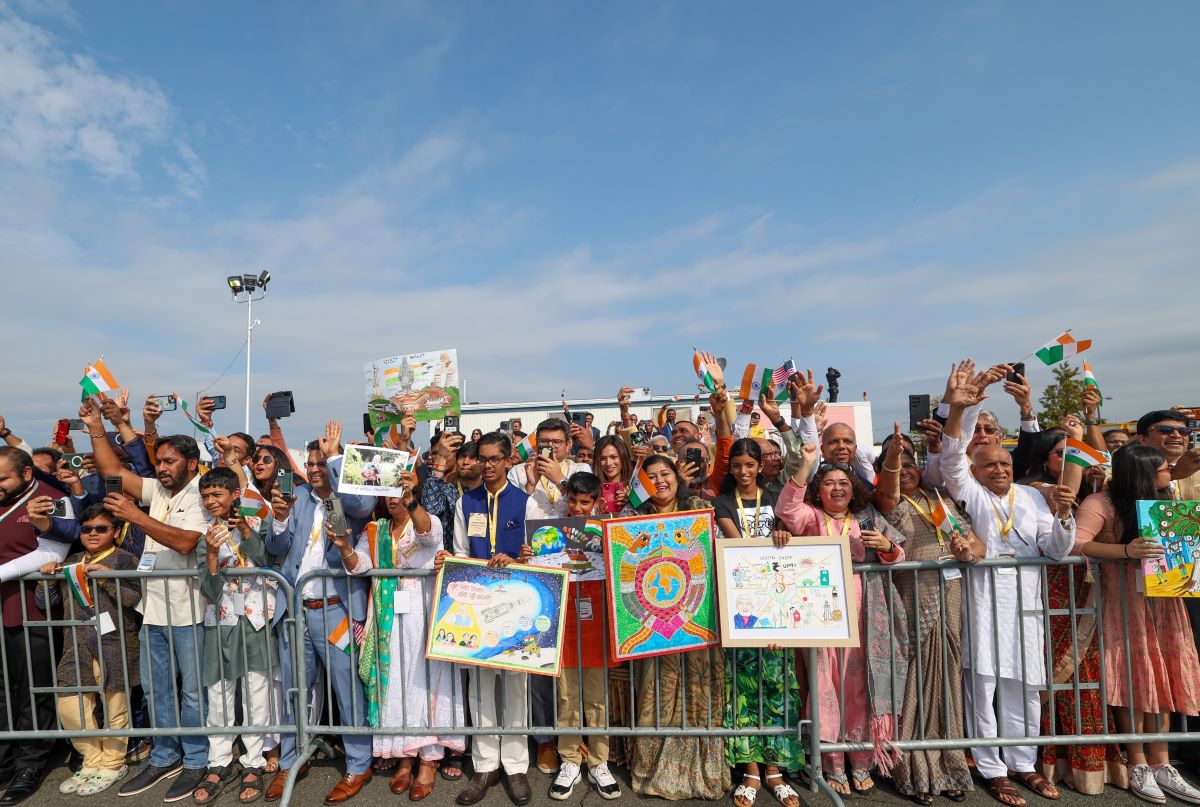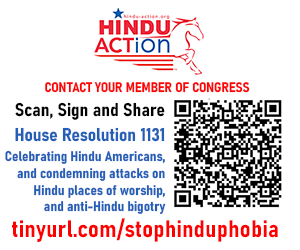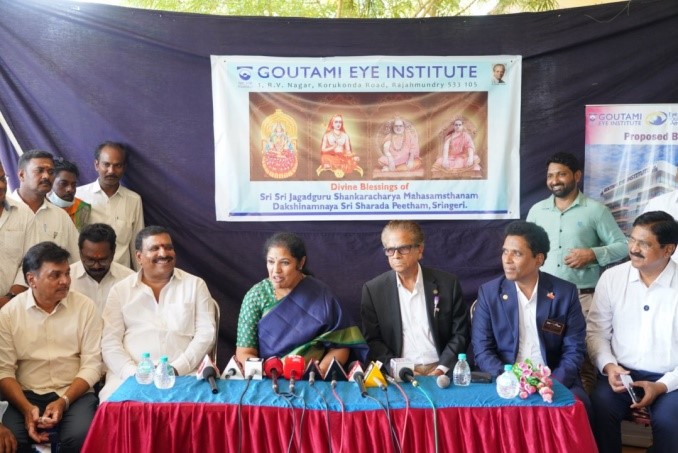Welcoming Prime Minister Modi 3.0
Prime Minister Modi’s visit is an opportunity to shine a spotlight on the special relationship between the world’s oldest and largest democracies.
 Diaspora wait at Philadelphia airport to welcome Prime Minister Narendra Modi on Sept. 21. / X/@narendramodi
Diaspora wait at Philadelphia airport to welcome Prime Minister Narendra Modi on Sept. 21. / X/@narendramodi
Ten years ago, Prime Minister Narendra Modi gave an iconic speech on his maiden visit to the US after assuming office in June 2014. Madison Square Garden gave a raucous welcome to the PM, with chants of 'Mo-di! Mo-di!' reverberating through the iconic New York City venue that was packed with Indian-Americans from all over the country.
Prime Minister Modi commented on how India had gone from being a land of snake-charmers to a country whose youngsters were using a mouse to make the world go round. He focused on good governance and underlined the three unique strengths of India -- the 3 'Ds' of democracy, demographics and demand.
Ten years later, India has continued to go from strength to strength under his leadership as the fastest growing major nation in the world that has even landed a spacecraft on the dark side of the moon. From a ninth rank in GDP in 2014, India is now the fifth largest economy in the world. The PM has set an ambitious goal to make India a developed nation by 2047 to celebrate the centennial of India’s Independence.
Just as important as India’s rapid economic growth is the significant role that India now plays on the global stage. President Biden will be hosting PM Modi along with other leaders of the exclusive club of Quad nations that includes the United States, Australia, India and Japan, to counter and challenge China’s hegemony in the Indo-Pacific region.
Notwithstanding frictions and disagreements on some issues, Indo-US relations remain on a strong footing based on strategic interests and shared fundamental values such as a belief in democracy, secularism and freedom of speech.
The visit is an opportunity to cement that relationship regardless of the outcome of the upcoming Presidential elections in the US. The PM had built a strong relationship with former President Trump whose last international state visit was to India in 2020, with the much ballyhooed “Namaste Trump” rally in Ahmedabad. Meanwhile, 2023 saw both a Biden visit to India for the G20 summit and Prime Minister Modi’s historic visit to the White House in June 2023.
Former President Trump is often viewed as being more friendly to India, likely dating back to the time when he declared himself “a big fan of Hindu” and said that “I am a big fan of India … big, big fan.” Meanwhile, there is a widely shared narrative that Indo-US ties are better under Republican administrations. Vice President Kamala Harris is viewed with some trepidation based on Harris’s comments on issues related to Indian democracy and human rights that have ruffled feathers in India.
Many of these concerns are overstated, and both Republicans and Democrats clearly recognize that strong ties with India are important and valuable. As former Ambassador Harsh Vardhan Shringla has said, India’s position is secure regardless of who wins in November … “For India, it’s a win-win either way.”
Vice President Harris has expressed pride in her Indian roots and even hosted the White House’s largest-ever Diwali celebration in 2022. It is unreasonable to expect Indian-American politicians to show any special favorability to their country of origin especially since their first loyalty has to be toward the interests of the nation whose constitution they have sworn loyalty to.
Prime Minister Modi will undoubtedly be meeting with elected officials from both parties, as behooves a visit to a democratic nation, and this will best serve India’s long-term interests in strengthening Indo-US relations. Equally important are meetings with the Samosa Caucus, including Congresspersons such as Raja Krishnamoorthi of Illinois and Shri Thanedar of Michigan who have been successful in working behind the scenes on US policy causes near and dear to Indian-Americans.
Topics that are important to India and were discussed during the June 2023 White House visit include support for India as a permanent member of the United Nations Security Council and strategic partnerships in various cutting edge research initiatives such as the India-U.S. Initiative on Critical and Emerging Technology (iCET). The Make in India initiative is not only an important objective for India, but also a strategic imperative for the US to diversify supply chains and reduce the current reliance on China as the dominant supplier of manufactured goods.
What could be more contentious is the recent diplomatic kerfuffle over the botched assassination plot against a US citizen in New York. However, it is notable that unlike the rather clumsy way Canada handled a similar issue, the US has been more discreet in its approach, ensuring that strategic ties with India have not been negatively impacted.
Neither the US nor India should be commenting publicly on each other’s internal affairs as independent and sovereign nations, but friendly democratic nations should be at liberty to discuss sensitive topics and concerns in private. And news media and reporters should have the freedom to ask difficult questions of elected leaders and expect thoughtful responses even on sensitive topics. In 2023, the White House had to step in and defend a Wall Street Journal reporter who faced online harassment after asking a question about human rights during the PM’s state visit.
Prime Minister Modi’s visit is an opportunity to shine a spotlight on the special relationship between the world’s oldest and largest democracies. The two nations together can make important contributions to global peace, stability, and prosperity, and “… help fulfill the expectations and aspirations of not only the people of our two countries, but of the entire world” in the PM’s own words when he spoke at the White House last year. Amen to that.
The author is a Chicago-based columnist and investment professional.
(The views and opinions expressed in this article are those of the author and do not necessarily reflect the official policy or position of New India Abroad.)
ADVERTISEMENT
ADVERTISEMENT
E Paper
Video



.jpg)

.jpg)


.jpeg)
.png)
.png)


.jpg)

Comments
Start the conversation
Become a member of New India Abroad to start commenting.
Sign Up Now
Already have an account? Login